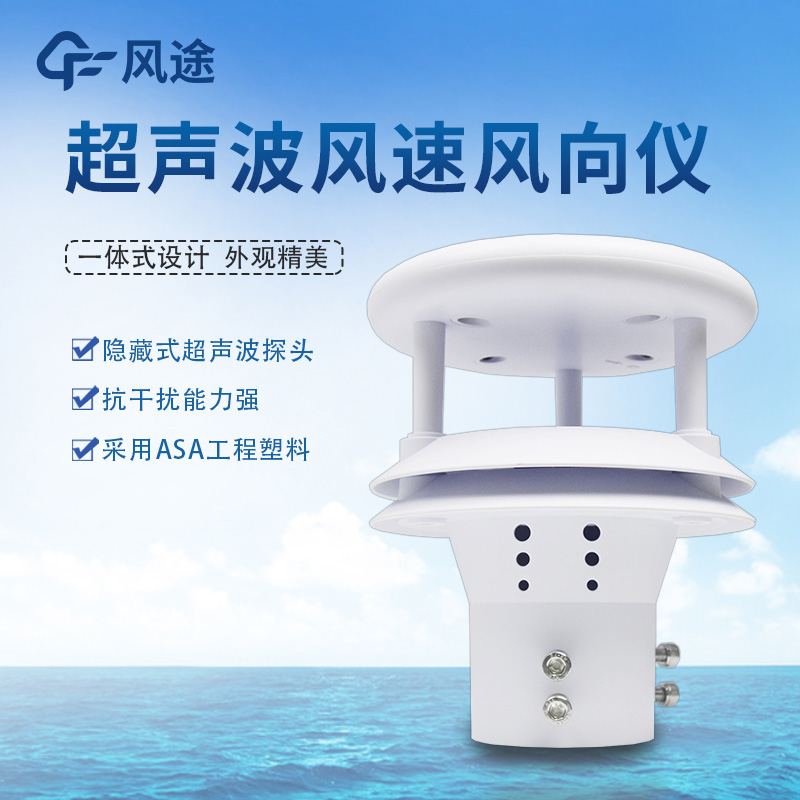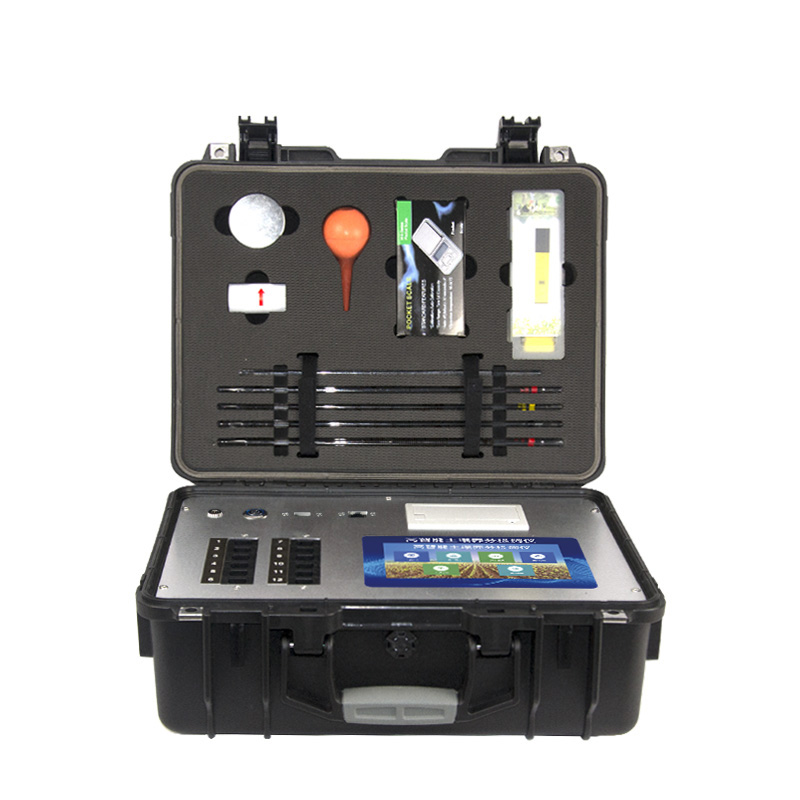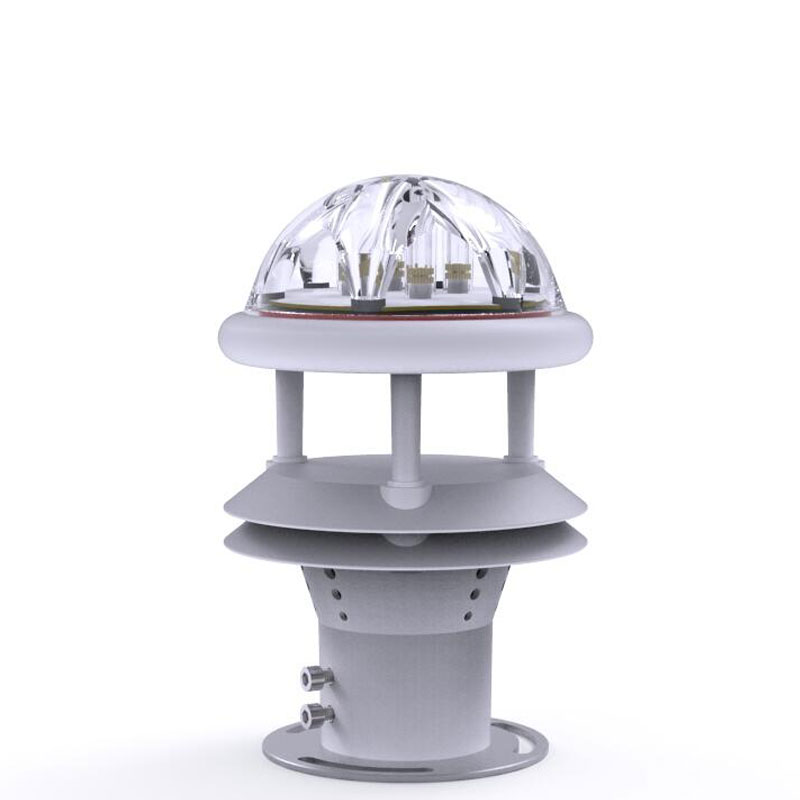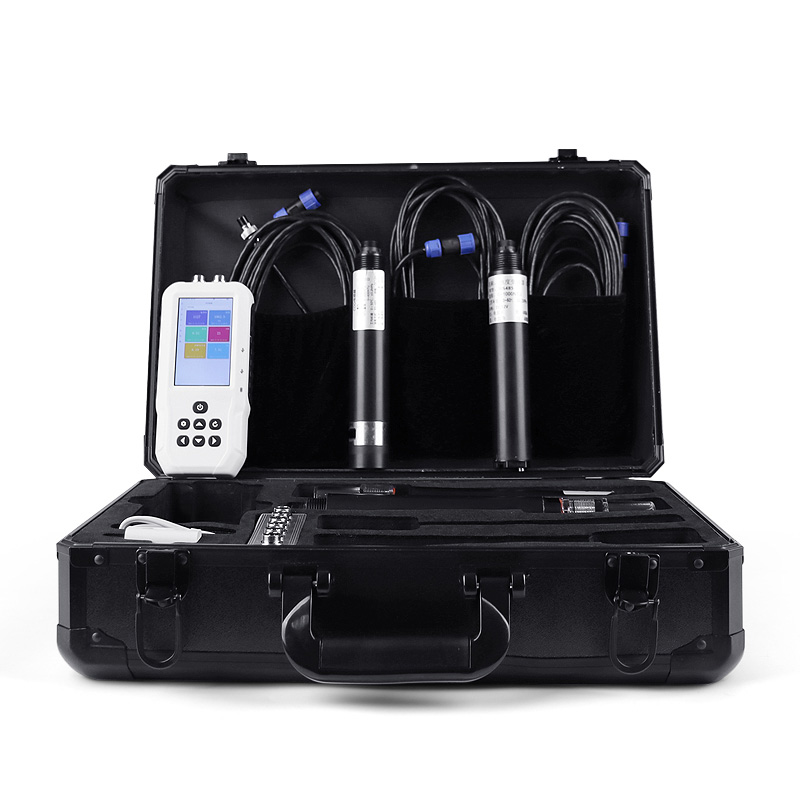Wind speed monitoring systems come in various types, with common ones including mechanical anemometers, ultrasonic anemometers, and lidar (laser radar).
Mechanical Anemometer
A mechanical anemometer consists of a wind speed sensor and a wind direction sensor. The wind speed sensor adopts a three-cup rotor structure: to reduce the starting wind speed, the cups are made of lightweight plastic and supported by conical bearings. When wind drives the rotor, the toothed blades fixed on the shaft continuously cut the light beam in the optical path of a photoelectric switch, linearly converting wind speed into the output pulse frequency of the photoelectric switch. After sampling, counting, and conversion by a counter, the actual wind speed value is obtained.
The wind direction sensor uses a mechanical wind vane structure. The rotation of the wind vane arrow detects and senses external wind direction information, which is transmitted to a coaxial code disc to output values corresponding to the wind direction. Common wind direction sensors are classified into three types based on working principles: electromagnetic, photoelectric, and resistive.
Ultrasonic Anemometer
An ultrasonic anemometer operates based on the principle of ultrasonic time difference. The instrument contains multiple groups of ultrasonic transmitters and receivers, paired at opposite positions. When ultrasonic waves propagate in the air, their speed increases with the wind and decreases against it. By measuring the time difference of ultrasonic waves propagating in two opposite directions and combining it with the fixed transmission-reception distance, wind speed is calculated using a formula. Wind direction is determined by comprehensively calculating the time differences of ultrasonic waves propagating in multiple directions.
Since it has no mechanical moving parts (eliminating wear), it features fast response, high measurement accuracy, and maintenance-free operation, enabling stable performance in harsh environments.
Lidar (Laser Radar)
Lidar deduces wind speed and direction using the Doppler shift principle. It first emits laser or acoustic signals at a fixed wavelength and frequency into the air. When laser signals contact wind-driven aerosols or acoustic signals encounter inhomogeneous temperature fields, the signals scatter and return to the device. The frequency difference between the returned and emitted signals is the Doppler shift. Since the frequency difference of the round-trip signal has a specific functional relationship with airflow velocity, the radial movement velocity of the airflow along the laser or acoustic beam can be derived.
In practical wind measurement, lidar simultaneously emits multiple signal sources. Each radial velocity is first decomposed into horizontal and vertical components, and then all horizontal components are synthesized into a horizontal wind speed vector with wind direction, while all vertical components form a vertical wind speed vector, achieving precise measurement of wind speed and direction.

This paper addresses:https://www.fengtusz.com/industry/764.html









